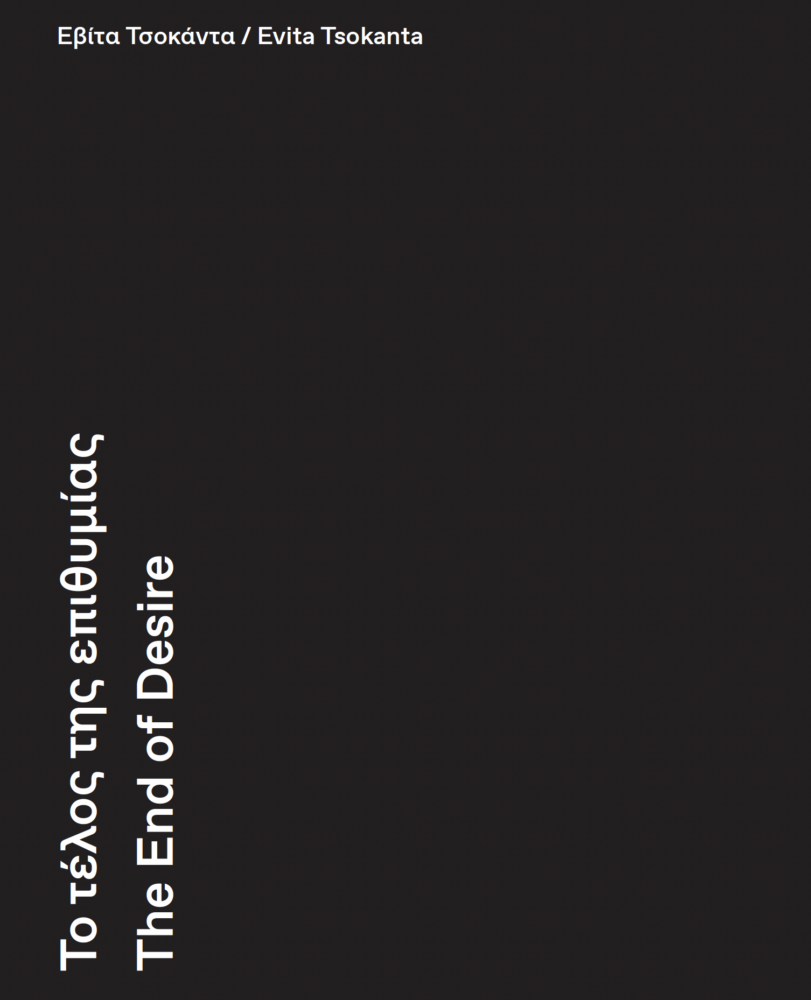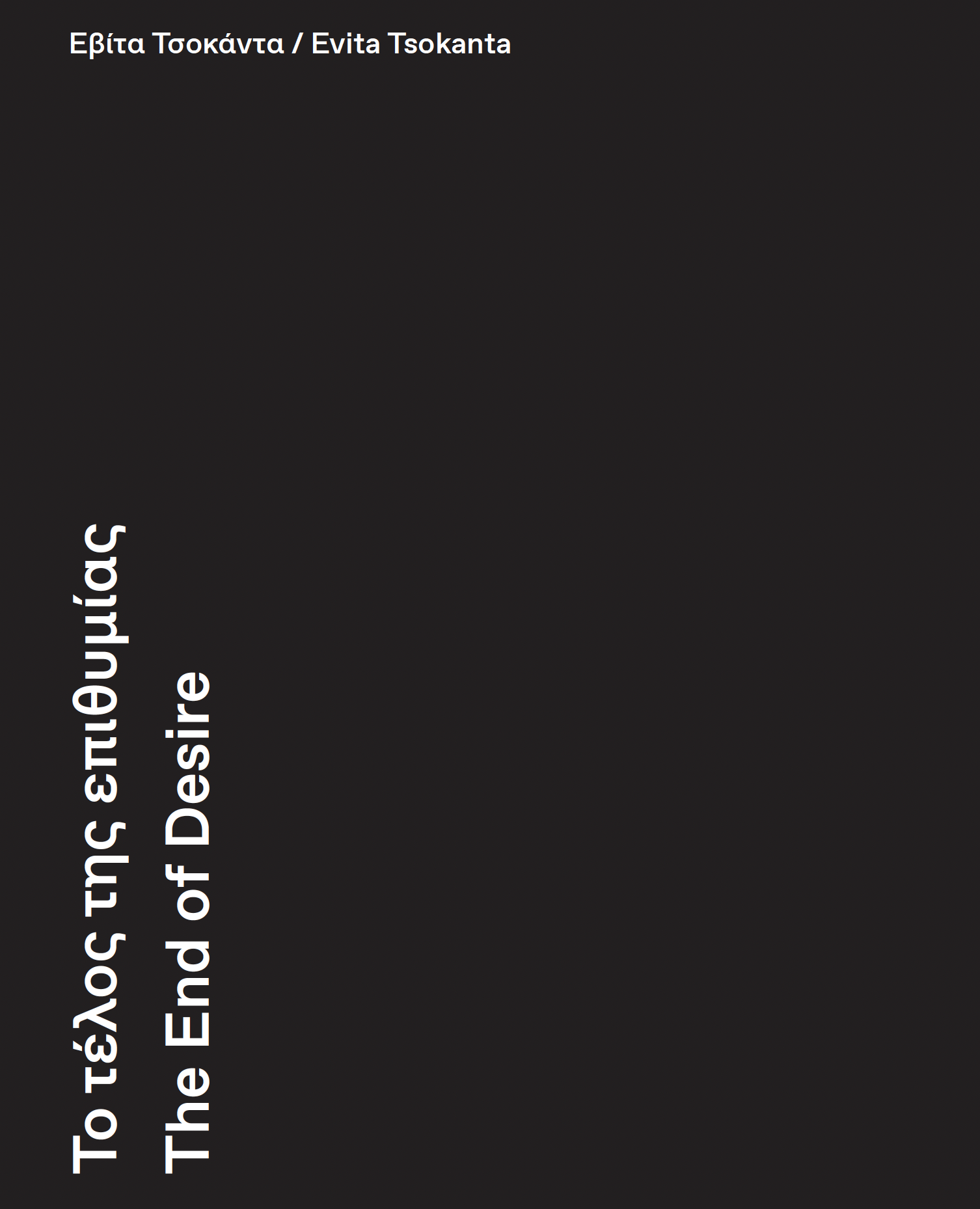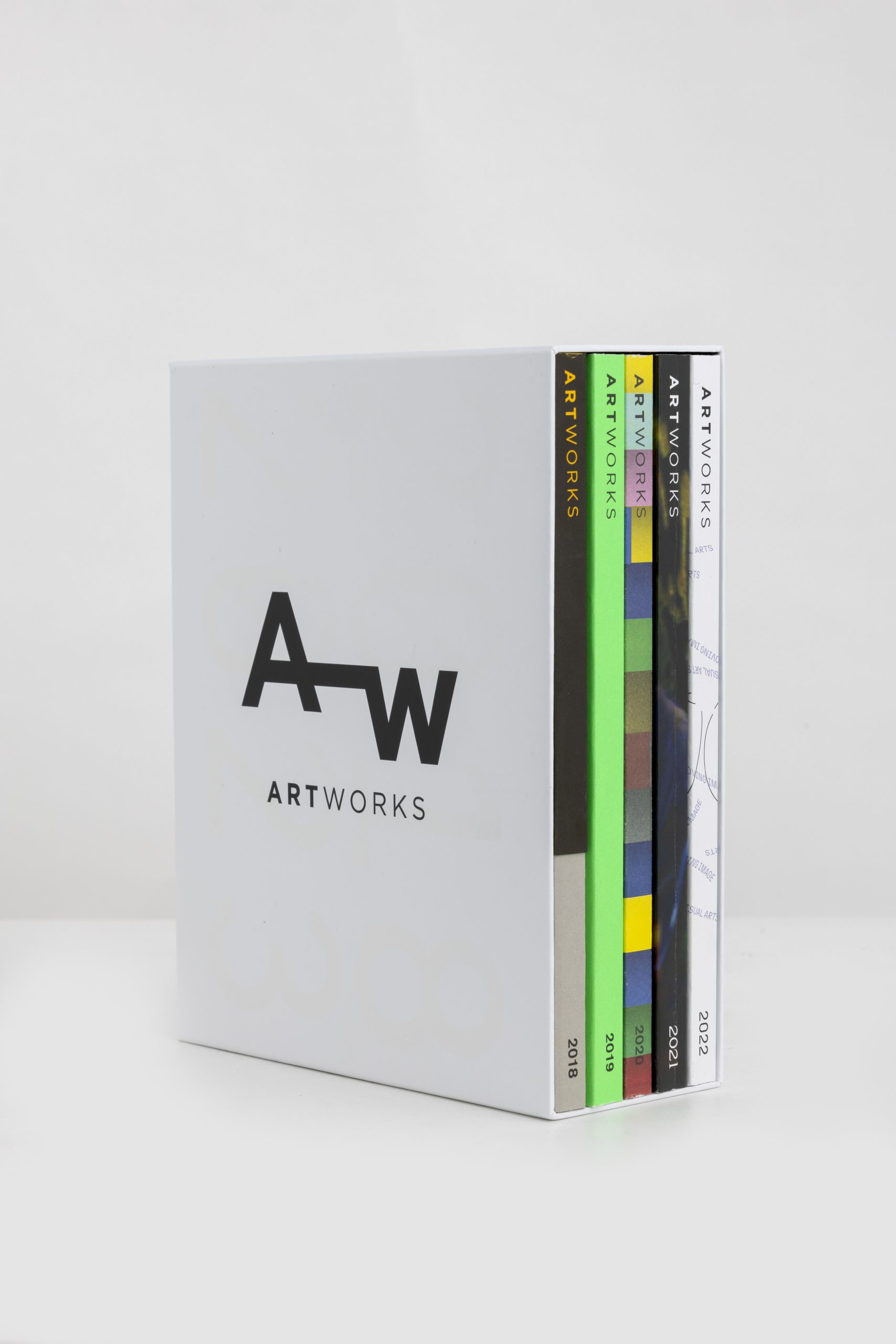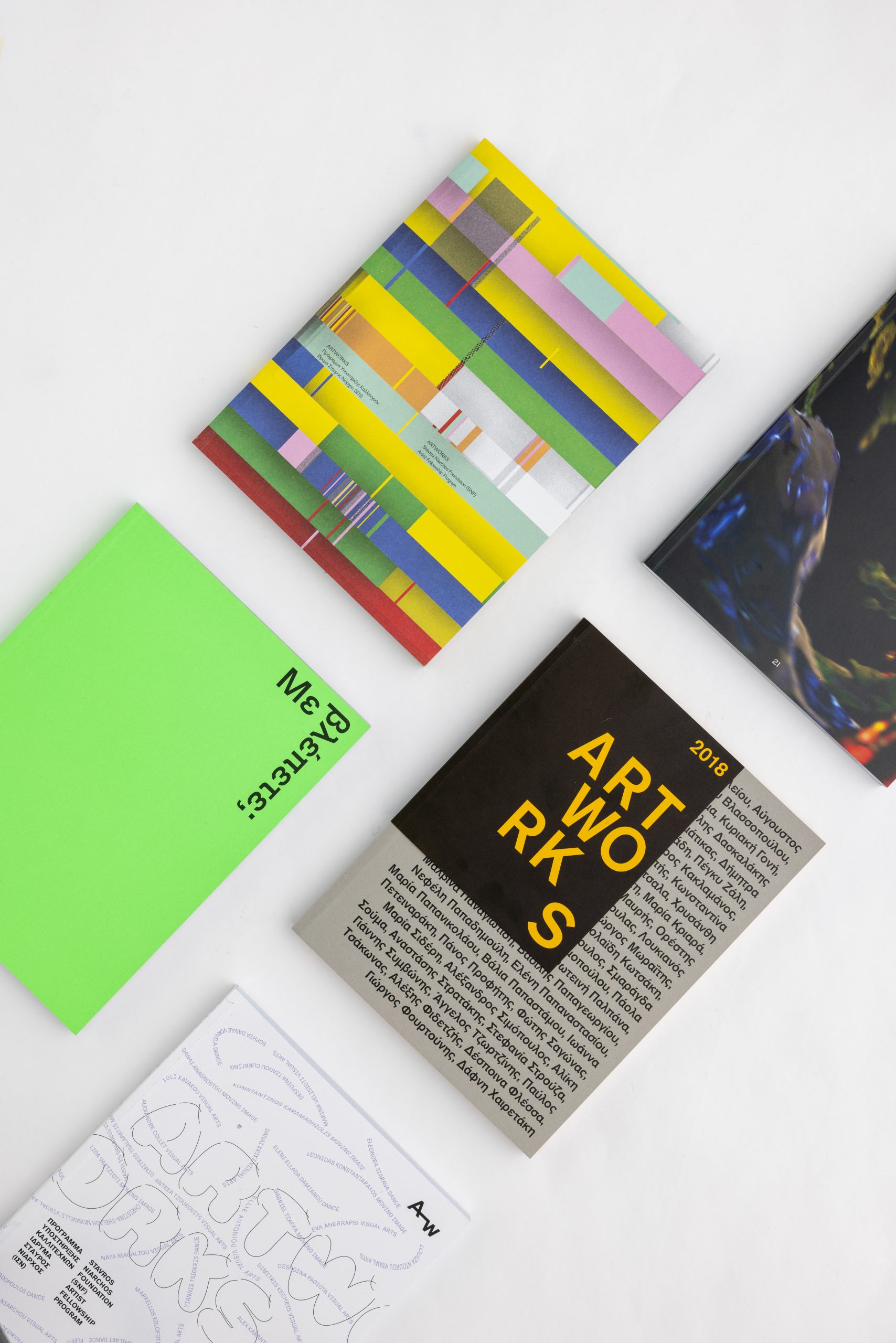THE END OF DESIRE

When researching the shifting working conditions in the year 2020 and onwards, one word seems to be repeated continuously: adaptability. It is the capacity to conform with change, a feature that assumes the cultivation, maintenance and continuous renewal of a toolbox that will allow one to remain relevant thus useful in the workforce.Being able to acclimate oneself swiftly and seamlessly to altering conditions in one’s everyday environment and routine, to continue to conduct oneself productively in the wake of repeated deferrals and cancellations and to demonstrate flexibility in embracing new methodologies without a presumed learning curve are not merely testaments to professional dexterity but to one’s mental capacity. It is theoretical physicist Stephen Hawking who allegedly claimed that the ability to adapt to change is intelligence. It is considered a soft skill that cannot be taught through education but is mainly acquired in the formative stages of human development. Nevertheless, advised methods to train yourself in adaptability include questioning yourself, managing your emotions, learning to fail and relinquishing control. In short, remaining professionally functional in 2020 presupposed years of therapy.
Working as a curator does not come with a set job description of specific duties. It can most accurately be described as a continuous invention, revision and reinterpretation of the nature and level of work. As a creative vocation, the process of curating compulsively addresses two fundamental questions: “why?” and “how?”. The “why” is directly related to content and form and ultimately resolves the intention of one’s endeavor, while the “how” consists of problem solving mostly connected to budget issues. As the position of the curator in recent years has been inadvertently burdened with the additional, but deciding task of fundraising, it has become increasingly pressing for curators to be able to convince of the validity of their occupation in order to be able to pursue it. Financing needs ,therefore, obliged curators to build the required resilience to regularly negotiate the terms and conditions of their production, but most crucially, to be prepared to abandon it virtually overnight, over failure to amass the required funds. This circumstance fosters a restrained level of investment in one’s work, so that one may let go of goals at any stage of their conception. In what way has this effected the quality of work? We might never know. One thing that is certain is that the abrupt thwarting of one’s plans, which the rest of the working world experienced as unprecedented during the pandemic, is inherent in curatorial work and a determining factor in a curator’s practice. Self-regulation ,therefore, has been a requirement for curators long before 2020.
During the pandemic, the state of emergency abruptly divided labor into essential and non. This distinction inevitably prompted rumination to determine the ways in which each profession serves the community, if at all. In his 1934 address, The Author as Producer, Walter Benjamin urged the author to reflect on his/her position in the process of production and take a firm stance through the work itself1. He declared that artistic work is not to be evaluated as a reflection of existing conditions of production but, it is rather based on its assertion within said conditions, as that is what holds the true political key. The resurgence of Benjamin’s call for resistance against the status quo in today’s assessment of the curatorial role proved to be compelling. The suspension of exhibition spaces caused by the lockdown, stripped curators from their main medium and the public sphere from one of its channels. Such an annulment gave space for curators to direct attention away from the cycle of ceaseless production and towards the operational deviations they can induce. In fact, one of the most momentous inversions that took place in 2020 was the consolidation of artworkers in resisting the chronic discounting of their labor and demanding fair and transparent support in cultural production. Curators led and participated in potential tectonic shifts in the social structures that regulate people in the production process.
One can’t help but wonder whether resistance can be in any way compatible with the skill of adaptability that is expected of a professional today. The two notions by definition appear counterproductive but, in actuality, adaptability was the catalyst that sharpened the necessary reflexes, in order to reprioritize resistance in the moment it was needed. These are the inconsistencies that a curator is called to reconcile and maneuver in the course of redefining curatorial work yet again, and reclaiming its essentiality in today’s volatile professional arena. Balancing on a paradox is ultimately what defines curatorial work in its most purposeful permutation and what infuses urgency in its execution. The curator’s work ethic is formulated by weathering the existential angst with composure and clarity to restore what needs to be addressed in the current moment. And for that purpose, the curator has been groomed for quite some time.
One of the prevalent feelings throughout the Covid-19 pandemic was a longing to return back to life, as we previously knew it. The desire for gathering, play, physical, social interactions, the outdoors, tactility and emotional connection was universally manifested in every iteration. One could argue that this desire was the collective sentiment that made the past year feasible. In his essay “Window into Chaos”, Cornelius Castoriadis describes those few moments after experiencing art as a kind of ending, encapsulating both completion and fulfillment during which the viewer does not yearn for anything else in life 2. It is the contentment of completeness that is birthed by the end of desire, the meaning of catharsis. In 2021, the curator is no longer called to reminisce about the past, nor to adjust to the new normal, but to imagine the normal anew. To extract the distillation of curatorial work, in order to render it indispensable. To expand the possibilities of what curating is, and who it is for. To reposition the art exhibition as the social convention the audience has craved for, and resuscitate the unique situation that grants what we all have aspired to for over a year: “the sense that is born by the end of desire.”

1Jennings, Michael W, Howard Eiland, and Gary Smith. Walter Benjamin: Selected Writings, Volume 2: 1931-1934. Cambridge: Harvard University Press, 2005
2 Castoriadis, C. (2015), Παράθυρο στο Χάος, Athens, Ypsilon Editions
*Evita Tsokanta is an art historian who works as a writer, educator and independent curator in Athens, Greece. Since 2020 she has also been working with Kickstarter Arts. For the second cycle of the Stavros Niarchos Foundation (SNF) Artist Fellowship Program, Evita led a workshop οn contemporary curatorial practices.
*Τhis text was part of the 2nd publication of ARTWORKS that reflects the SNF Artist Fellowship Program 2019-2020.


